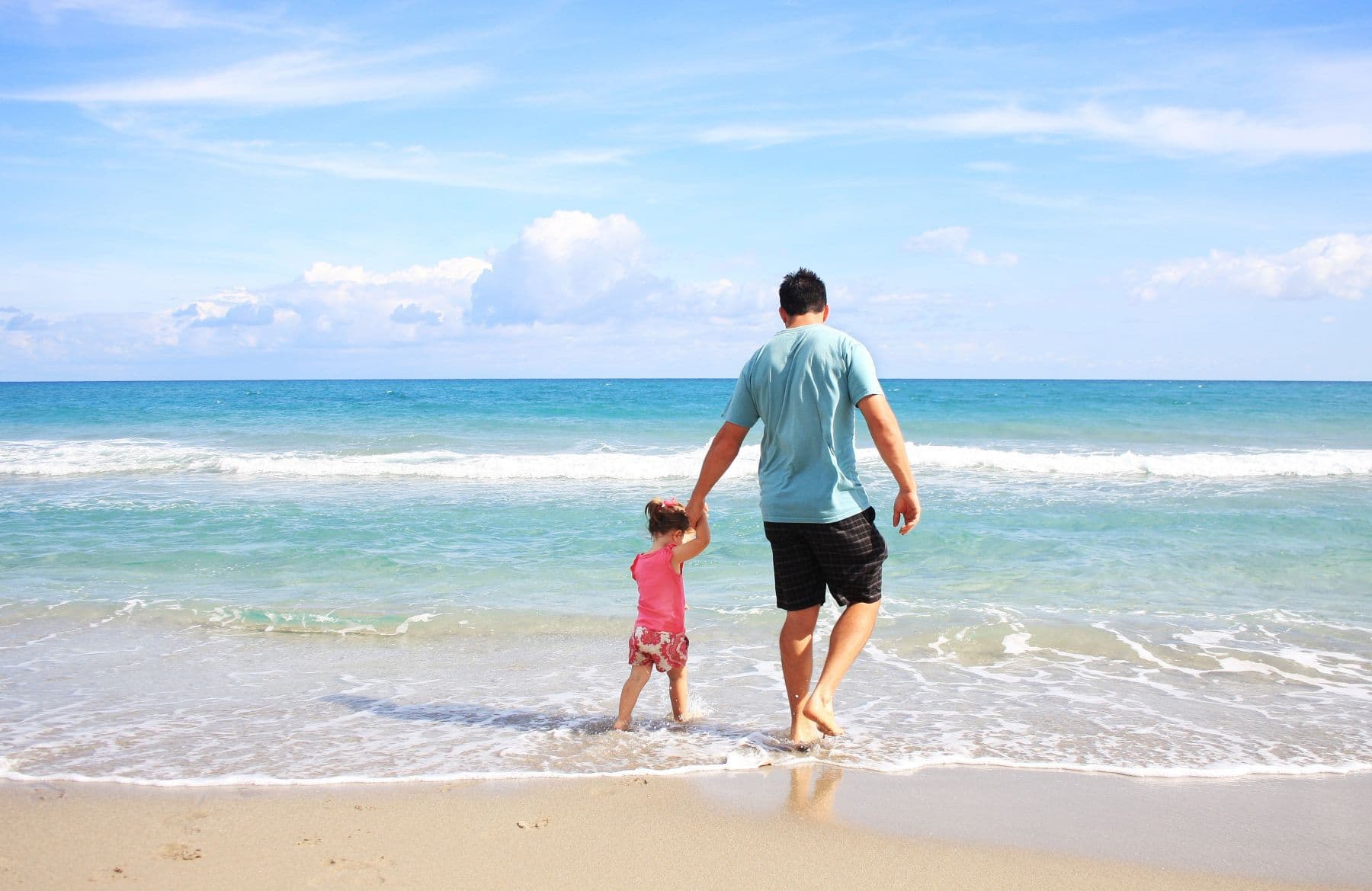Fun in the Water – Stay Alert!

General Safety Rules
- Choose designated swimming areas, preferably those supervised by a lifeguard or Water Police officer. Only such swimming spots are completely safe. Definitely avoid swimming in ponds or other bodies of water not designated for swimming.
- Never dive into water in places that are not meant for it and that you are unfamiliar with! You don't know how deep the water is, and such a dive could result in injury or even death.
- Watch out for other swimmers. Do not push them and do not play in a way that could be dangerous.
- Every swimming area has its own rules – read them before entering the water and follow the recommendations.
- Children should ALWAYS swim under the supervision of a parent or guardian. If your children are playing in the water, stay close to them or stand on the shore. Do not use your mobile phone while supervising, as a moment of inattention can be very dangerous.
- Check the water temperature before swimming. The optimal temperature for swimming is between 22 and 25 degrees Celsius.
- Check the weather before planning a swim. Make sure there won't be a storm, fog, or strong wind.
- If you witness an accident by the water, alert the appropriate authorities! Call the water rescue number 601 100 100 or emergency number 112. Provide the location of the incident and describe the situation and the victim's condition. Be sure to leave your name.
What are so-called dry drownings?
It often happens that in the midst of carefree fun, there is an apparently harmless water inhalation, which we usually dismiss – the situation returns to normal, and we quickly forget about it.
Here's a warning! Even a small amount of liquid that causes a child to choke can have extremely tragic consequences! This is what we call dry drownings. They account for 15% of all drownings, and time is of the essence here.
This is a condition that can occur when fluids enter the airways. It is most often experienced by young children. You must be aware that symptoms do not appear immediately, so if your child chokes, be sure to observe them.
From an hour to a day after inhaling liquid during a swim, drinking, or even swallowing saliva improperly, there can be a tightening of the laryngeal muscles, specifically the glottis, causing breathing problems, which can even be life-threatening.
Symptoms of dry drowning include:
• sudden, severe coughing with a gag reflex or vomiting,
• shortness of breath and difficulty breathing,
• trouble speaking,
• wheezing,
• chest pain,
• irritability,
• unusual behavior,
• dizziness,
• drowsiness,
• pale or bluish skin tone.
This knowledge is essential, and it's better to be safe than sorry. Remember that any incident involving fluids entering the upper airways requires your vigilance. If in doubt, contact a doctor for specialist advice.

